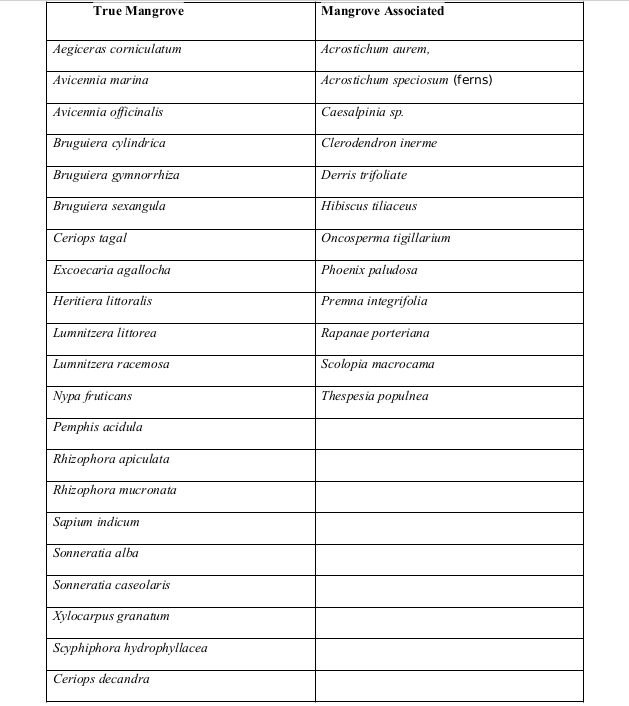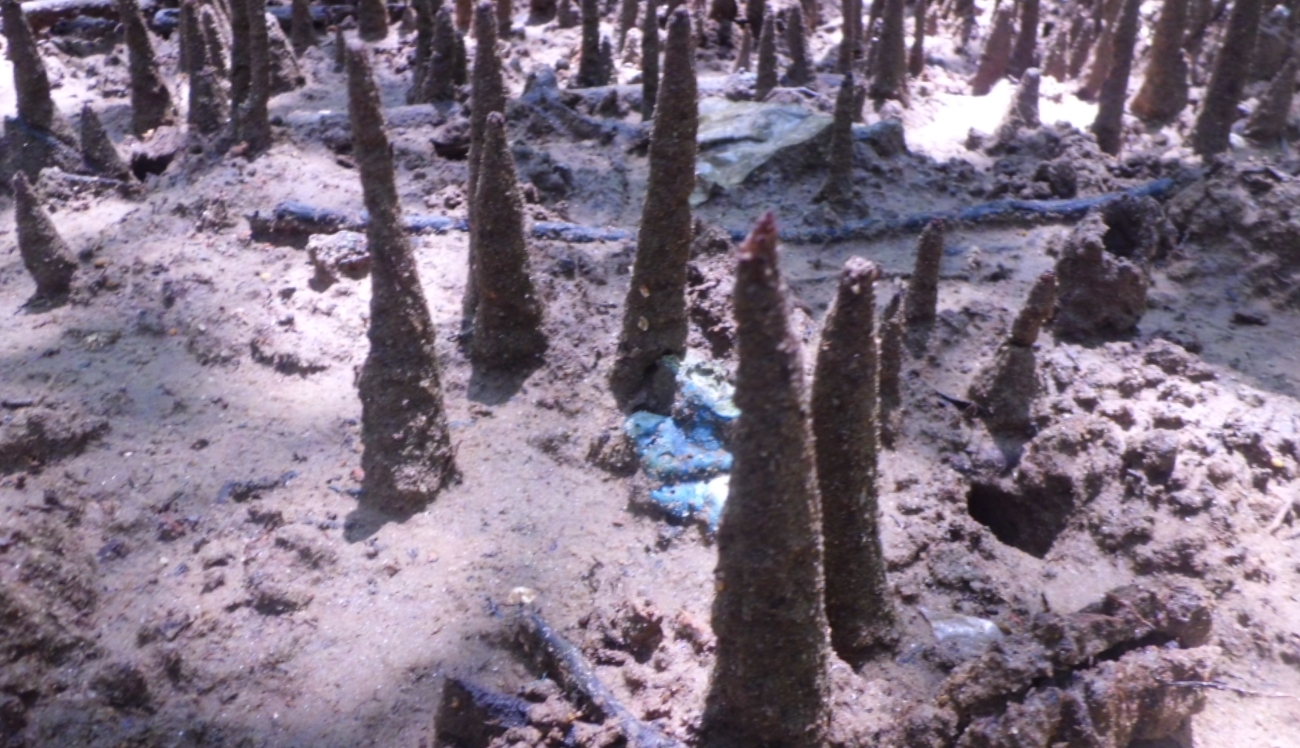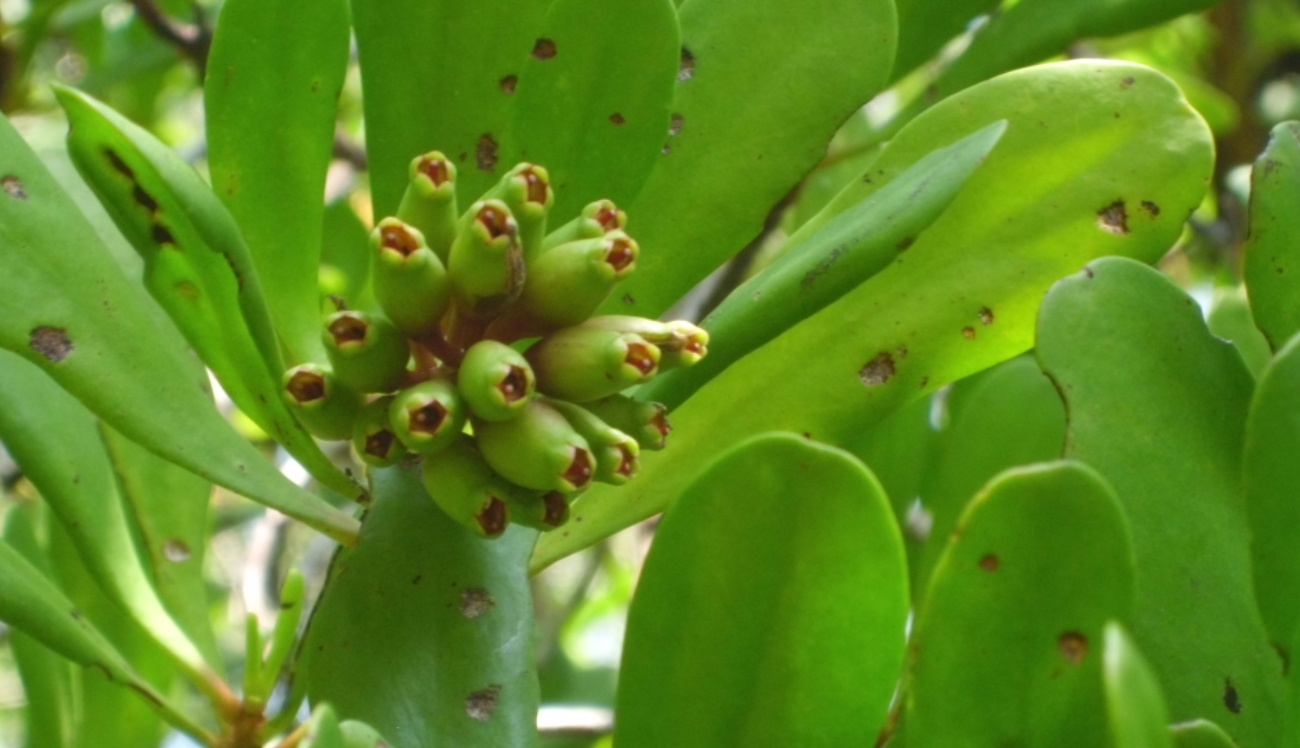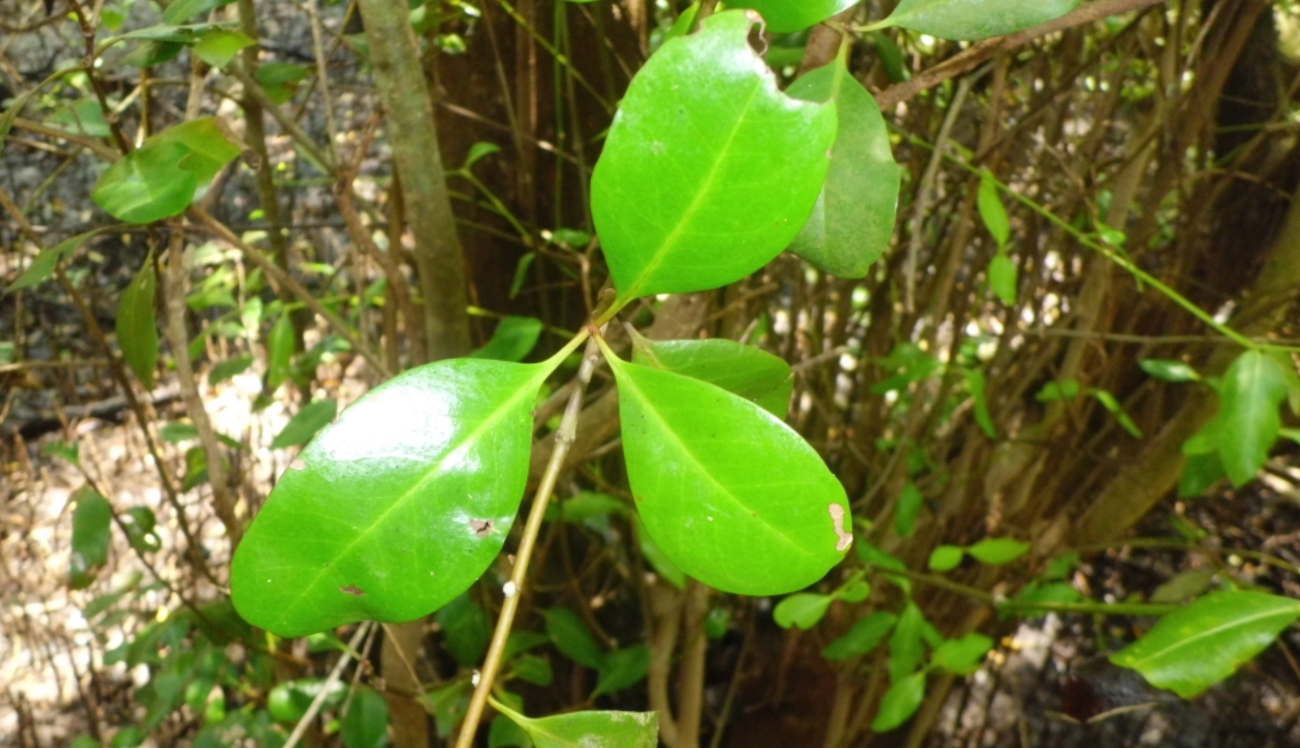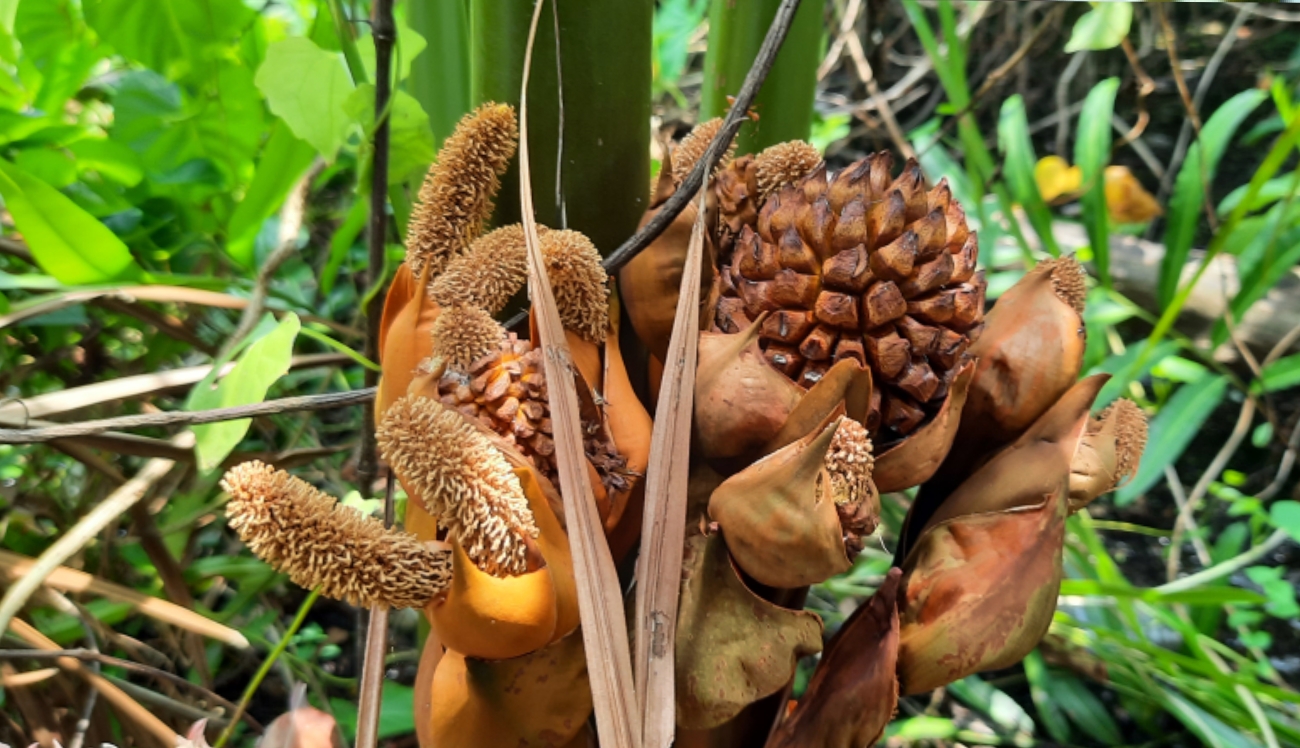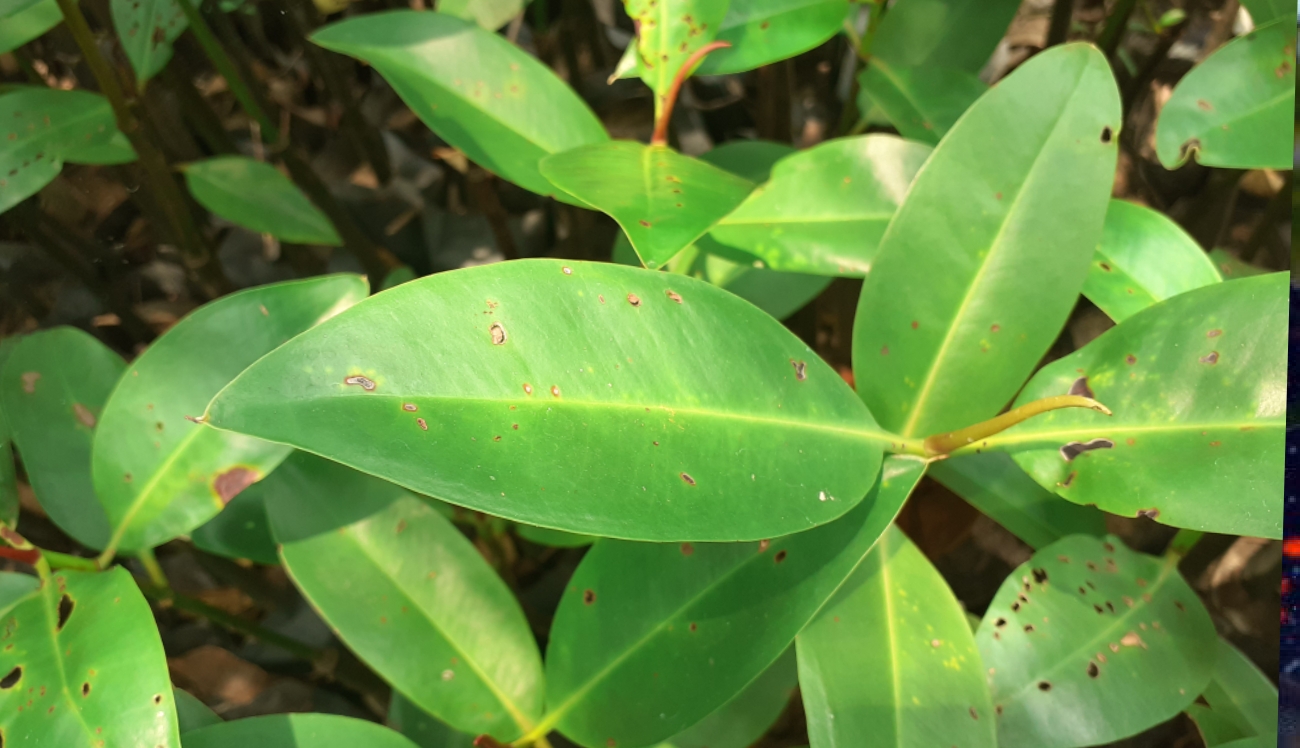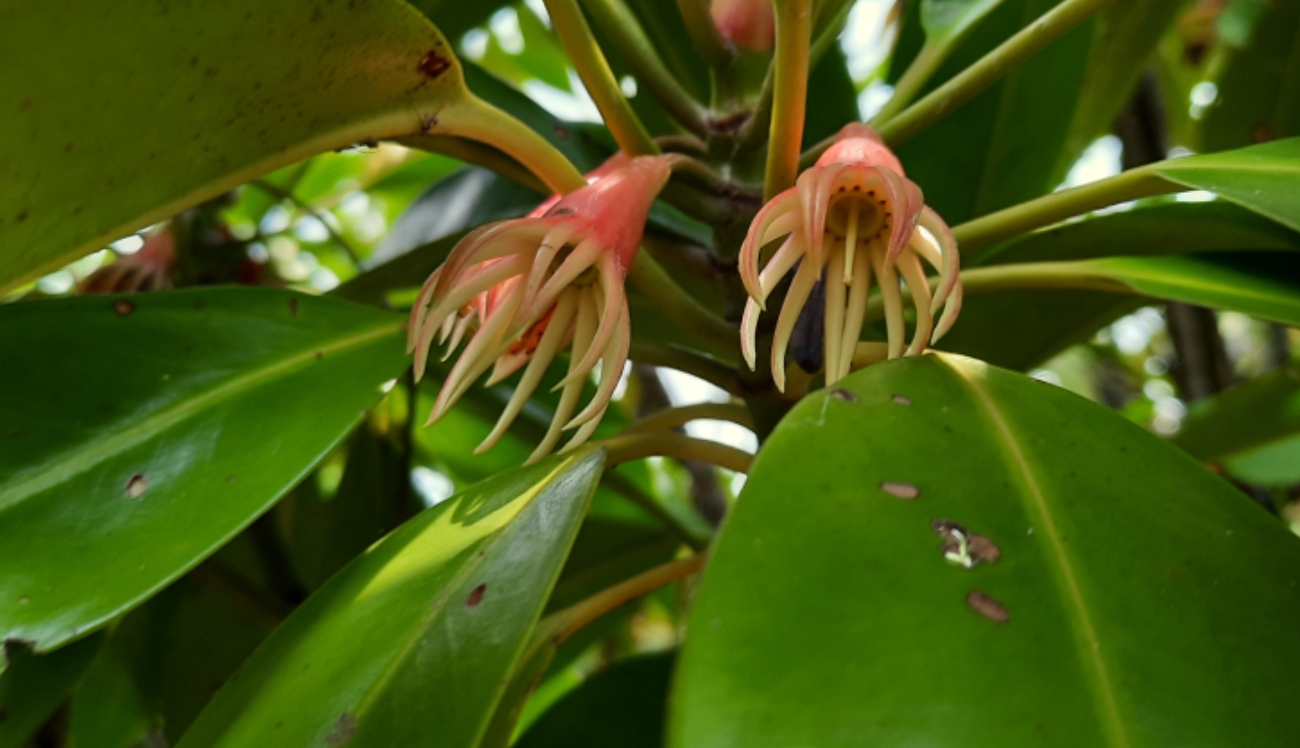- Manda, Manda gas, Kannamaram, Venkandal, Grey mangrove or White mangrove
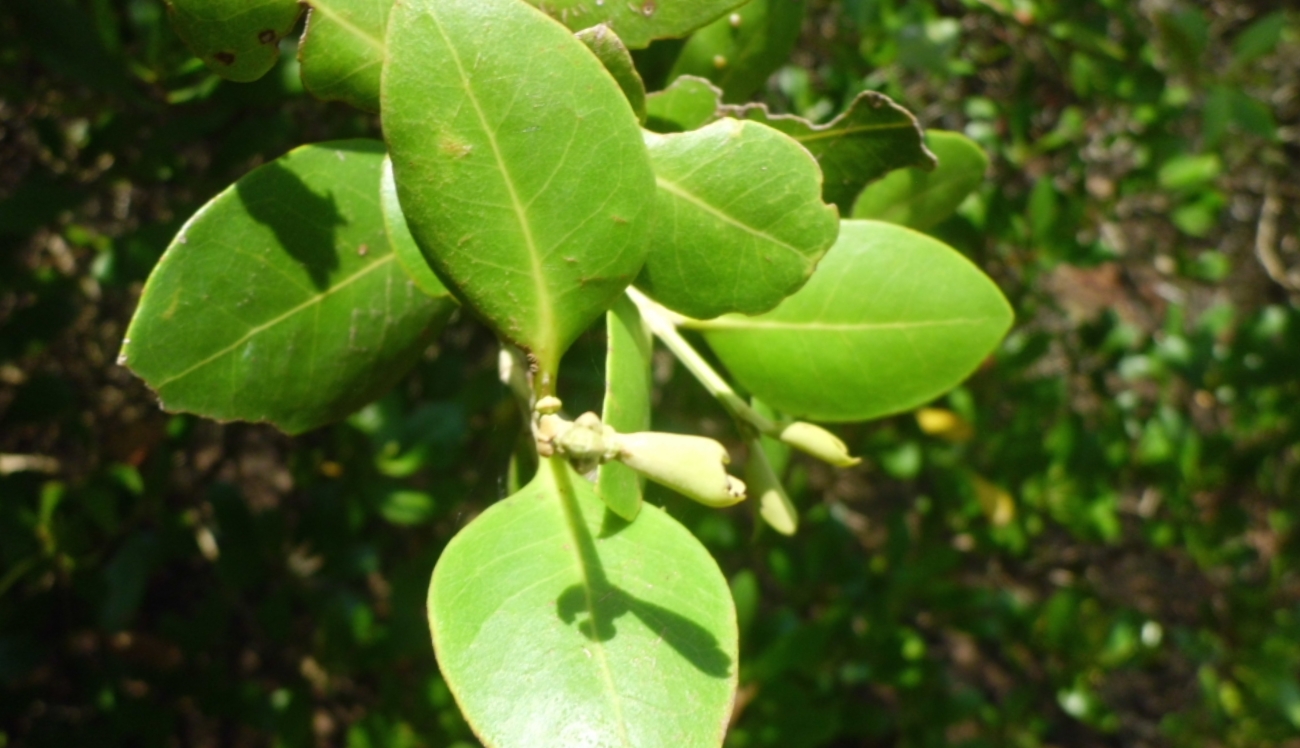
Mangroves are salt-tolerant woody plant community of trees (Mangroves trees and shrubs, 2021). These occur in tropical and subtropical areas and range in size from small shrubs to tall trees with complex food webs that provide a wide variety of valuable services. Distribution of Mangrove Global extend in 123 countries, 152,000km2 (Gevana, 2009) and 15,669 ha of Sri Lanka is covered with mangroves (Weerasinghe,2015). The total number of true mangrove species from Sri Lanka is almost one-third of the global diversity of true mangroves in the world (Jayatissa et al., 2002).
A Total number of 21 true mangrove species were reported from the island(IUCN, 2010). Mangrove forests are extremely productive ecosystems that provide various goods and services for the marine environment and people.
Mangroves are presents in seven main zones that can be identified in the world.
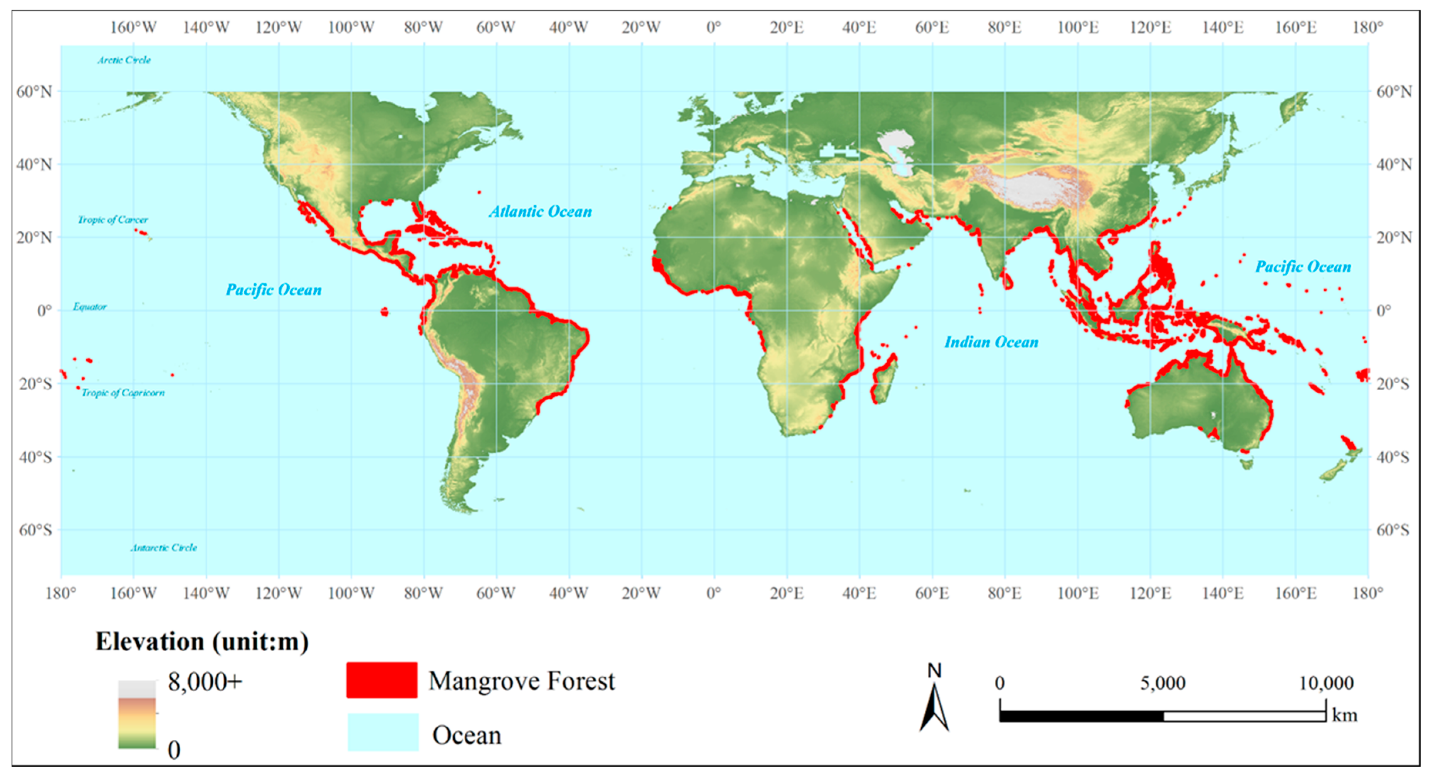
Figure 1 : Map of the global elevation and mangrove (Big Geospatial Data Analytics for Global Mangrove Biomass and Carbon Estimation, 2018
Mangroves are found along the sheltered lagoons and estuaries in Sri Lanka (Kariyawasam,1998). The mangrove coverage in the country estimated as between 10,000ha to 12,000ha. This is less than 0.1% of the total land area of Sri Lanka (CCD,1985; Amarasinghr,2003)
The vegetation of mangrove woods is inexactly named "True mangroves" and "mangrove associated" (Wang et al. 2011). True mangroves are characterized by plant species that ( Tomlinson, 2016);
Other striking specializations of mangrove plants for example
